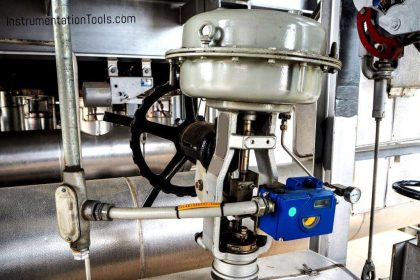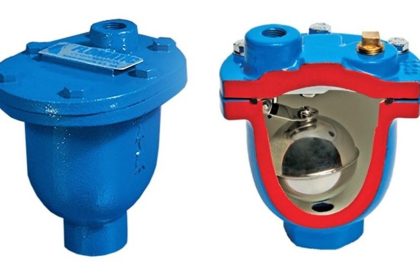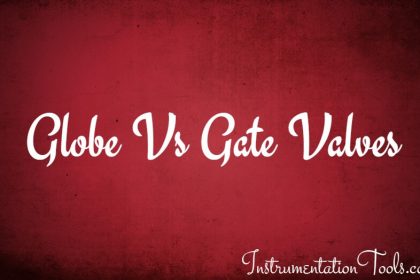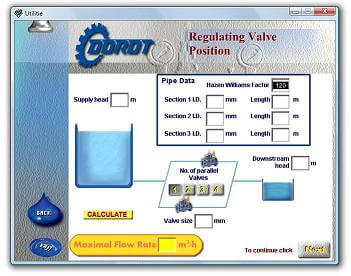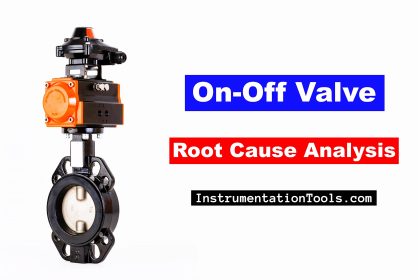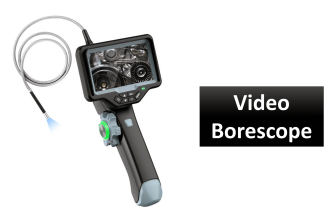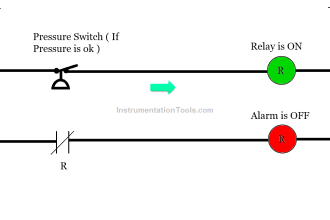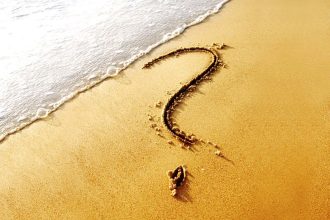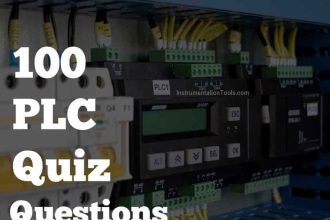A directional control valve may be classified in several ways. The most common method is on the basis of the path of fluid and working ports used in the construction of the valve.
The most common type of valving elements is the ball, sleeve, puppet, rotary spool, and sliding spool.
Shuttle Valve

Principle
In a particular special application, the supply of pneumatic or hydraulic fluid to a subsystem must be from more than one source to meet system demand.
In special applications, an emergency system is provided as a source of pressure in the event of normal system failure. The emergency system will usually actuate only key essential components.
The whole system is small and simple, still, it is a very important component.
Construction
The figure below shows the cutaway view of a typical shuttle valve. The housing contains three ports.
- The Normal inlet
- Alternate or emergency inlet
- Outlet.
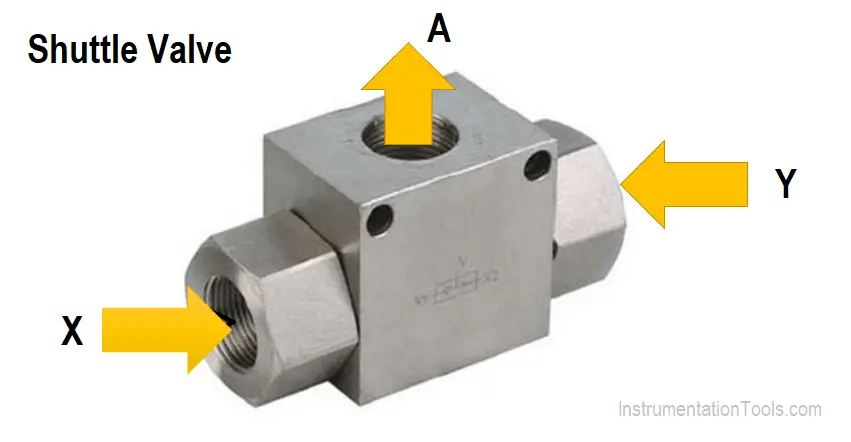
A shuttle valve is also a kind of double check valve. It allows pressure in a line to be accessed from alternative sources. It is basically a pneumatic device and also found in hydraulic circuits.
There is a sliding part that resides in the enclosure is called the shuttle. Its purpose is to seal off either one or other inlet ports.
There is a seat for the shuttle at each inlet port.
Working of Shuttle valve
When the shuttle valve is in the normal operation place, the pneumatic or hydraulic supply has a free flow from the normal inlet port, through the valve. Afterward, flow is passed out through the outlet port to the actuating unit, it may be a pneumatic or hydraulic cylinder.
The operation is very simple and consists of a ball inside a shuttle valve, as shown below figure.
If the pressure is applied to inlet port X, the ball is blown towards the right side and blocking alternate port Y and linking ports X and A.
Similarly, the pressure to alternate port Y alone connects port Y and A and blocks port X.

Note that the shuttle continues to stay in the normal position until the alternate system is activated.
This action directs fluid under pressure from the alternate system to the shuttle valve and pushes the shuttle from the alternate system inlet port.
Pneumatic or hydraulic supply from the alternate inlet source then has a free flow to the outlet port but is prevented from entering the normal inlet system by shuttle, which blocks off the normal inlet system port.
Advantages
- Shuttle valve serves to isolate the failed supply line, If either of the dual supply ruptures or develop leakage,
- Direct connection to functional parts.
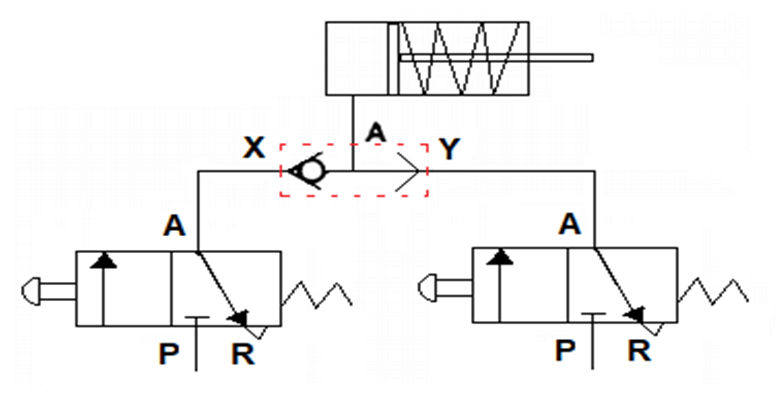
Disadvantages
- If there is small leakage and it is some distance away, there may not be enough differential pressure to move the shuttle.
- If the shuttle does not have a good seal (to block), leakage takes place.
Applications
- Used as a hot standby in sub-sea applications.
- Hydraulic cranes, excavators.
- Serve as a part of the braking system.
Read Next:

